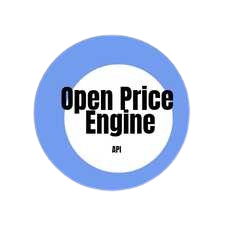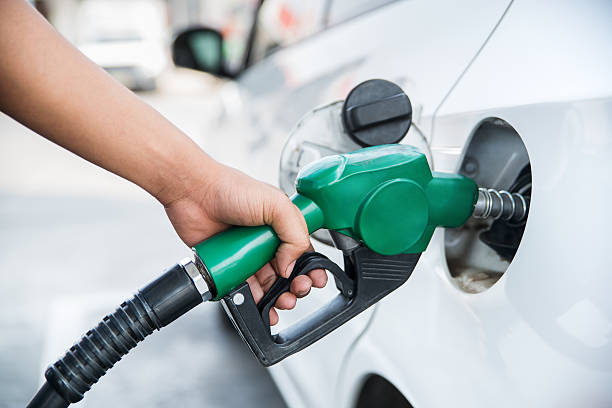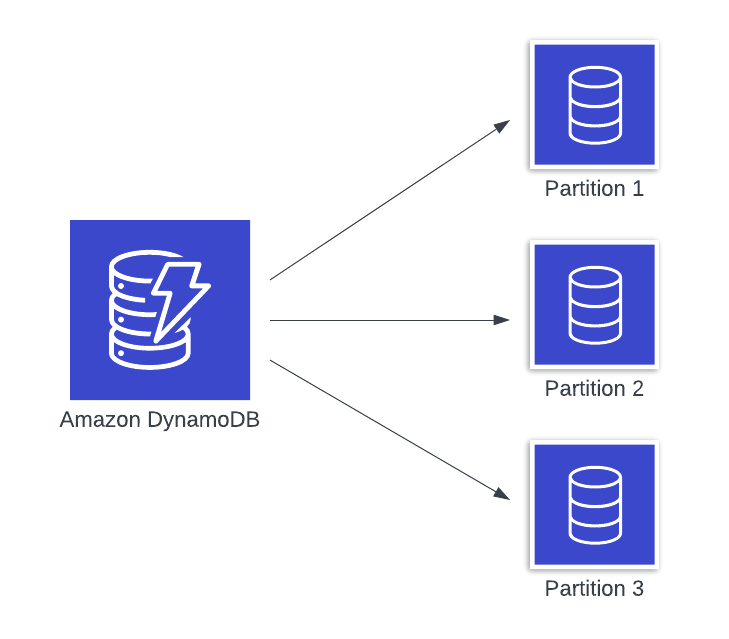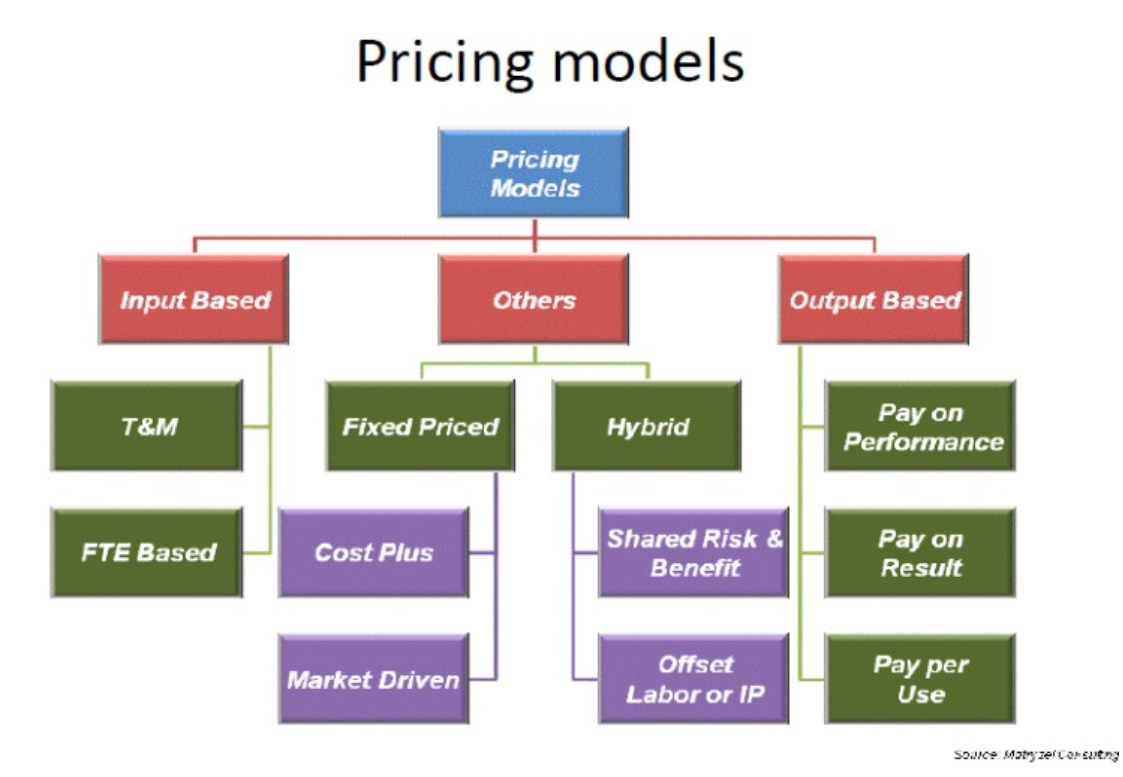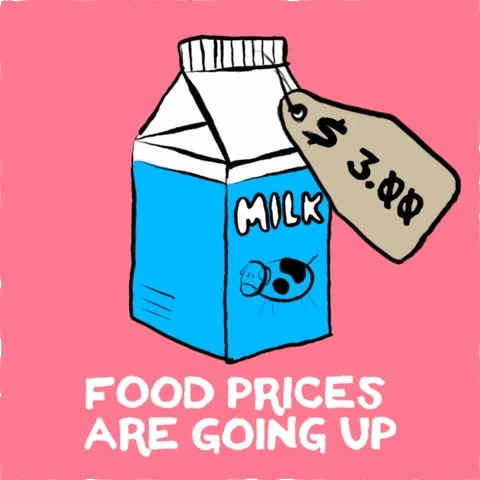Our article analysed Diesel 50 PPM inland and coastal prices and Brent crude oil R/Per litre for the period 2019 to 2023.
2019
The graph shows the monthly trends of Brent Crude oil prices (in Rands per liter) along with the fuel prices in South Africa for both inland and coastal regions over a period of time.
- Brent Crude Oil Price (Blue Line, Left Y-axis):
- The Brent Crude oil price fluctuates over the period, peaking in September and showing a significant drop in February. There is another peak in June, indicating rising prices towards the end of the period.
- Fuel Price Inland (Dark Blue Line, Right Y-axis):
- The inland fuel price generally follows a similar trend to the Brent Crude oil price but remains higher throughout the period.
- The inland fuel price peaks around September, decreases slightly, and then has another peak in February. There is a notable increase towards June.
- Fuel Price Coastal (Orange Line, Right Y-axis):
- The coastal fuel price shows a similar trend to the inland fuel price but remains consistently lower.
- Peaks and troughs in the coastal fuel price align with those of the inland fuel price, but the difference between inland and coastal prices is visible throughout the period.
Interpretation:
- General Trend: Both inland and coastal fuel prices track the Brent Crude oil price trend, but the inland prices are consistently higher than the coastal prices. This confirms the earlier point that transportation and logistics costs lead to higher prices inland.
- Price Peaks and Troughs: There is a clear correlation between the peaks and troughs of Brent Crude oil prices and the corresponding changes in fuel prices for both inland and coastal areas.
- Inland vs. Coastal Prices: The inland fuel price remains higher than the coastal price throughout the period, reflecting the additional costs associated with transporting fuel to inland areas.
2020
The graph shows the monthly trends of Brent Crude oil prices (in Rands per Liter) along with the fuel prices in South Africa for both inland and coastal regions over a different period.
- Brent Crude Oil Price (Blue Line, Left Y-axis):
- The Brent Crude oil price starts at around 5.5 R/Liter in January and shows a downward trend, reaching around 3.0 R/Liter by April.
- There are peaks in June and December, with a significant drop in September.
- Fuel Price Inland (Dark Blue Line, Right Y-axis):
- The inland fuel price generally follows the Brent Crude oil price trend but remains higher throughout the period.
- It starts at around 14 R/Liter in January, with notable peaks in May and March, and a significant dip in June.
- Fuel Price Coastal (Orange Line, Right Y-axis):
- The coastal fuel price also follows a similar trend but remains consistently lower than the inland fuel price.
- Starting around 13 R/Liter in January, it shows peaks in May and March, with a significant dip in June.
Interpretation:
- General Trend:
- Both inland and coastal fuel prices track the trend of Brent Crude oil prices, although the fuel prices do not fluctuate as dramatically.
- There is a clear correlation between the international crude oil price trends and local fuel prices in South Africa.
- Price Peaks and Troughs:
- The peaks in fuel prices around May and March coincide with corresponding movements in Brent Crude oil prices, indicating that changes in crude oil prices directly influence local fuel prices.
- The significant dip in June for both inland and coastal fuel prices correspond with a decrease in the Brent Crude oil price.
- Inland vs. Coastal Prices:
- Throughout the period, the inland fuel price remains higher than the coastal price, reflecting the additional transportation and logistical costs.
- The difference between inland and coastal prices is more pronounced during the peaks.
2021
The graph shows the trends of Brent Crude oil prices, inland fuel prices, and coastal fuel prices over a period of time.
1. Y-Axis (Left) - Brent Crude Oil Price (R per Liter):
- This axis represents the price of Brent Crude oil in Rand (R) per Liter.
- The blue line indicates the sum of Brent Crude oil prices over the specified periods.
- Y-Axis (Right) - Fuel Prices (Inland and Coastal) (R per Liter):
- This axis represents the sum of fuel prices in Rand (R) per Liter for inland and coastal regions.
- The light blue line indicates the sum of inland fuel prices.
- The orange line indicates the sum of coastal fuel prices.
- X-Axis - Period:
- The periods are labelled by month names, spanning from October to January of the following year.
Interpretation:
- Brent Crude Oil Price:
- The price starts at around 7.5 R per Liter in October.
- It peaks at around 8.0 R per Liter in November.
- There is a general downward trend from November to January, ending below 6.0 R per Liter.
- Inland Fuel Price:
- Starts close to 13.5 R per Liter in October.
- Peaks in November, following a similar trend to Brent Crude oil, but slightly lower than the coastal fuel price.
- Experiences a steady decline from November, with slight fluctuations, ending at around 12.5 R per Liter in January.
- Coastal Fuel Price:
- Starts at around 13.0 R per Liter in October.
- Peaks in November, reaching the highest point above 13.5 R per Liter.
- Follows a declining trend similar to inland fuel prices but remains consistently higher than inland prices until the end of the period.
- Ends at around 12.5 R per Liter in January.
- Both inland and coastal fuel prices generally follow the trend of Brent Crude oil prices.
- There is a notable peak in November for all three price lines.
- Despite a general decrease over the months, coastal fuel prices remain slightly higher than inland fuel prices throughout the period.
- The decline in Brent Crude oil prices is more pronounced than the decline in fuel prices.
2022
The graph displays the trends of Brent Crude oil prices, inland fuel prices, and coastal fuel prices over a longer period.
- Y-Axis (Left) - Brent Crude Oil Price (R per Liter):
- This axis represents the price of Brent Crude oil in Rand (R) per Liter.
- The blue line indicates the sum of Brent Crude oil prices over the specified periods.
- Y-Axis (Right) - Fuel Prices (Inland and Coastal) (R per Liter):
- This axis represents the sum of fuel prices in Rand (R) per Liter for inland and coastal regions.
- The dark blue line indicates the sum of inland fuel prices.
- The orange line indicates the sum of coastal fuel prices.
- X-Axis - Period:
- The periods are labelled by month names, spanning from June to January of the following year.
Interpretation:
- Brent Crude Oil Price:
- The price starts at around 11.5 R per Liter in June.
- Peaks at around 12.0 R per Liter in July.
- There is a noticeable drop to below 10.0 R per Liter in April.
- Peaks again in November and December before ending at around 9.0 R per Liter in January.
- Inland Fuel Price:
- Starts at around 24.0 R per Liter in June.
- Peaks in July at the same time as the Brent Crude oil price, reaching around 25.0 R per Liter.
- Shows a declining trend to around 22.0 R per Liter in April.
- Peaks again in November at around 26.0 R per Liter before declining.
- Ends at around 20.0 R per Liter in January.
- Coastal Fuel Price:
- Starts at around 22.0 R per Liter in June.
- Peaks in July at around 24.0 R per Liter.
- Declines to around 21.0 R per liter in April.
- Shows a peak in November at around 24.0 R per Liter and again in December.
- Ends at around 18.0 R per Liter in January.
- Both inland and coastal fuel prices generally follow the trend of Brent Crude oil prices, with a notable correlation in peaks and declines.
- Inland fuel prices are consistently higher than coastal fuel prices throughout the period.
- There are two prominent peaks in fuel prices: one in July and another in November, coinciding with the peaks in Brent Crude oil prices.
- Despite fluctuations, there is a general downward trend in both fuel prices and Brent Crude oil prices from June to January.
- The decline in Brent Crude oil prices is more pronounced and consistent compared to the fluctuations observed in fuel prices.
2023
The graph displays the trends of Brent Crude oil prices, inland fuel prices, and coastal fuel prices over a period.
- Y-Axis (Left) - Brent Crude Oil Price (R per Liter):
- This axis represents the price of Brent Crude oil in Rand (R) per Liter.
- The light blue line indicates the sum of Brent Crude oil prices over the specified periods.
- Y-Axis (Right) - Fuel Prices (Inland and Coastal) (R per Liter):
- This axis represents the sum of fuel prices in Rand (R) per Liter for inland and coastal regions.
- The dark blue line indicates the sum of inland fuel prices.
- The orange line indicates the sum of coastal fuel prices.
- X-Axis - Period:
- The periods are labelled by month names, spanning from September to June of the following year.
Interpretation:
- Brent Crude Oil Price:
- The price starts at around 11.0 R per Liter in September.
- Peaks at around 11.5 R per Liter in October.
- There is a decline to below 10.0 R per Liter in November.
- Another peak is observed in February at around 10.5 R per Liter.
- Ends at around 9.0 R per Liter in June.
- Inland Fuel Price:
- Starts at around 25.0 R per Liter in September.
- Peaks in October at around 26.0 R per Liter, mirroring the peak in Brent Crude oil prices.
- Shows a decline to around 21.0 R per Liter in February.
- Peaks again in May at around 22.5 R per Liter before declining.
- Ends at around 20.0 R per Liter in June.
- Coastal Fuel Price:
- Starts at around 23.5 R per Liter in September.
- Peaks in October at around 24.5 R per Liter.
- Declines to around 20.0 R per Liter in February.
- Peaks again in May at around 21.5 R per Liter.
- Ends at around 19.0 R per Liter in June.
- Both inland and coastal fuel prices generally follow the trend of Brent Crude oil prices, with a notable correlation in peaks and declines.
- Inland fuel prices are consistently higher than coastal fuel prices throughout the period.
- There are two prominent peaks in fuel prices: one in October and another in May, corresponding with the peaks in Brent Crude oil prices.
- Despite fluctuations, there is a general downward trend in both fuel prices and Brent Crude oil prices from September to June.
- The decline in Brent Crude oil prices is more pronounced and consistent compared to the fluctuations observed in fuel prices.
President Cyril Ramaphosa has addressed the issue of rising fuel prices in South Africa by announcing a comprehensive review of the fuel price formula. He mentioned that the government is committed to recalculating the prices to provide some relief to consumers who are struggling with the high cost of living. This initiative aims to identify areas where prices can be reduced, leveraging all available measures to cushion the impact of global economic factors, such as the Russia-Ukraine conflict and fluctuating international oil prices.
Economists have responded with cautious optimism. They acknowledge that reviewing and potentially adjusting the fuel price formula is a positive step towards alleviating the burden on consumers. However, they also point out that South Africa, being a net importer of oil, is significantly influenced by global oil prices and the exchange rate. Consequently, while the government's efforts to reduce local price components are beneficial, the broader international factors will continue to play a critical role in determining fuel prices
The South African government is actively exploring the deregulation of the fuel price, specifically targeting the 93-octane petrol. This move is part of a broader strategy to alleviate the financial burden on consumers amid soaring fuel prices. The proposal, led by Energy Minister Gwede Mantashe, involves introducing a price cap, allowing fuel retailers more flexibility to set their own prices within certain limits. This change is expected to foster competitive pricing and potentially lower fuel costs for consumers. Additionally, there are discussions around significantly reducing or even removing the fuel levy, which could save motorists approximately R4 per litre. However, the complete removal of the fuel levy, which currently generates substantial revenue, would require finding alternative funding mechanisms. The Treasury has suggested that the cost of this policy shift, estimated at R90 billion, might be offset by increasing motor licence renewal fees.
Stakeholders are watching these developments closely. While deregulation and levy removal could lead to lower fuel prices, they caution that the success of these measures will depend on global oil prices and the exchange rate, as South Africa is a net importer of oil.
Deregulating fuel prices in South Africa could have several significant consequences, both positive and negative. Here are some potential outcomes:
Positive Consequences:
- Increased Competition:
- Allowing fuel retailers to set their own prices can foster competition, potentially driving down prices as businesses strive to attract customers.
- Consumer Choice:
- Deregulation could lead to a wider variety of pricing options and discounts, giving consumers more choice and possibly better deals on fuel.
- Market Efficiency:
- A deregulated market can respond more quickly to changes in supply and demand, potentially leading to more efficient pricing and supply management.
- Innovation:
- Fuel companies might innovate more aggressively to reduce costs and improve services in a competitive environment.
Negative Consequences:
- Price Volatility:
- Without government controls, fuel prices could become more volatile, subject to fluctuations based on global oil prices and local market conditions.
- Regional Disparities:
- Prices might vary significantly between regions, potentially disadvantaging consumers in less competitive or more remote areas where fewer retailers operate.
- Economic Impact:
- The removal of the fuel levy, which generates significant government revenue, might necessitate finding alternative funding sources, such as increased taxes in other areas, which could have broader economic implications.
- Consumer Protection Concerns:
- There is a risk that without regulatory oversight, some consumers might be exploited, especially if adequate competitive mechanisms are not in place to keep prices fair and reasonable.
Economic and Social Considerations:
- Impact on Inflation:
- Fuel prices directly affect transportation costs, which can, in turn, impact the cost of goods and services across the economy, potentially leading to inflationary pressures.
- Revenue Shortfalls:
- The government may face significant revenue shortfalls from the loss of the fuel levy, necessitating budget adjustments or alternative revenue generation strategies, such as increased motor license fees or other taxes.
- Social Equity:
- Deregulation might disproportionately affect lower-income households if prices increase or fluctuate widely, making it harder for these households to budget for fuel costs.
Conclusion:
The graphs illustrate the relationship between Brent Crude oil prices and local fuel prices in South Africa, highlighting the impact of international crude oil price fluctuations on local prices. The consistent price differential between inland and coastal regions is due to transportation and logistical factors. While Brent Crude oil prices exhibit significant volatility, local fuel prices tend to be more stable, with inland prices consistently higher than coastal prices. This stability suggests that other factors, such as government regulations and taxes, also play a role in determining local fuel. In summary, while deregulating fuel prices in South Africa could lead to increased competition and potentially lower prices for consumers, it also carries risks of price volatility, regional disparities, and economic disruptions. The government and stakeholders would need to carefully manage the transition to mitigate negative impacts and ensure that the benefits of deregulation are broadly realized.
